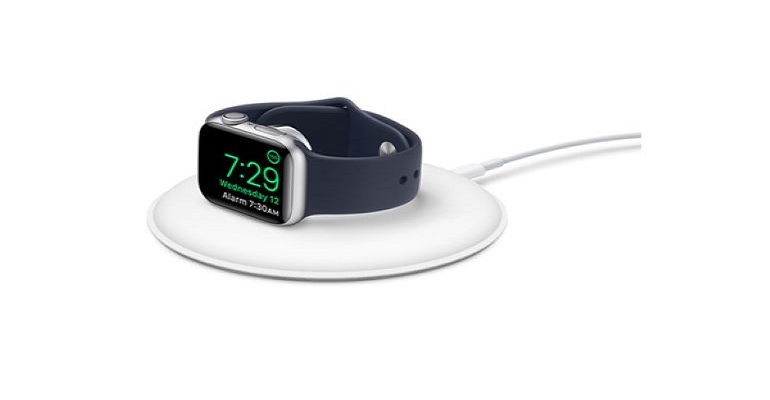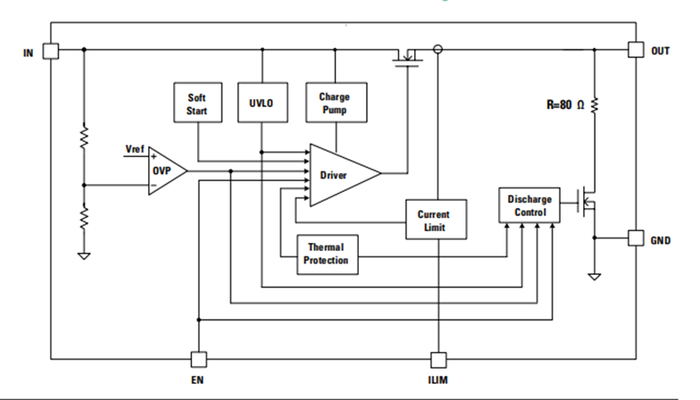How an Electronic Fuse Protects a Smartwatch from Overloads
Littelfuse’s eFuse was the key element in designing a wireless charger with robust circuit protection for a smartwatch.

Whether they come from Apple or other manufacturers, today’s smartwatches are a prime example of the wonders of modern electronics design, cramming components into a tiny form factor that fits the wrist of a human. But achieving the final design often involves many painstaking design decisions─and of course innovative engineering.
In the case of Littelfuse, their eFuse helped an unnamed smartwatch maker meet circuit protection requirements for the watch’s wireless charger, taking into account both performance requirements and physical constraints.
According to Littelfuse, the engineers needed to provide protection from overvoltages, overcurrents, and high temperatures. One potential solution, using a fuse, Zener diode, temperature sensors, and control ICs, could not fit in the limited pc board space available. The decision was then made to investigate using an electronics fuse IC that integrates these functions.
The smartwatch maker looked at several e-fuses, but their output voltage was limited to 12 V, falling short of the 20 V @ 5 A needed.
Enter the eFuse
The smartwatch maker then turned to Littelfuse’s solution was the LS0505EVD22 Series eFuse, part of the company’s eFuse series introduced by the company last October. The eFuse ICs provide a wide range of power inputs (3.3V to 28V) and integrated protection. In addition to overvoltage protection, these electronic fuses protect against overcurrent, short circuit, inrush current, reverse current, and overtemperature events with real-time diagnostics—all in one chip.

While providing all the necessary circuit protection, this electronic fuse (eFuse) IC conforms to the requirements of the USB Type-C power delivery standard in portable devices. The IC can safely withstand 100 W of power and is not damaged if the Type-C power delivery adapter supplies 20 V and 5 A. The figure shows a block diagram of the LS0505EVD22 eFuse whose output is controlled by a series MOSFET with a low 50 mΩ RDS(ON). The MOSFET’s low RDS(ON) of the MOSFET reduces the IC’s power loss and temperature rise.

According to test data, the IC’s temperature will only rise by 37° C when operating at 5V @ 1 A, and an input short appears for 20 minutes.
According to Littelfuse, the parallel MOSFET provides overvoltage protection, and a current limit block provide protection against overcurrent. A soft start function controls the rise time of the output to prevent potentially hazardous overshoots. Also, the 30 V rating of the eFuse is higher than that of the available competitive products.
The eFuse IC package is a space-saving DFN2X2_8L Package. The figure shows an eFuse protecting a portable device in a USB Type-C power circuit. Also, the eFuse offered flexibility to allow designs with 5 V and 3 A output in the future, saving the smartwatch’s design team development time and cost as there was no need to select and qualify a new component.
Besides smartwatches, the eFuse is suited for other products such as tablet PCs, Bluetooth headsets, PCs/notebooks, datacom power systems, storage devices, and other applications.
Spencer Chin is a Senior Editor for Design News covering the electronics beat. He has many years of experience covering developments in components, semiconductors, subsystems, power, and other facets of electronics from both a business/supply-chain and technology perspective. He can be reached at [email protected].
About the Author(s)
You May Also Like





